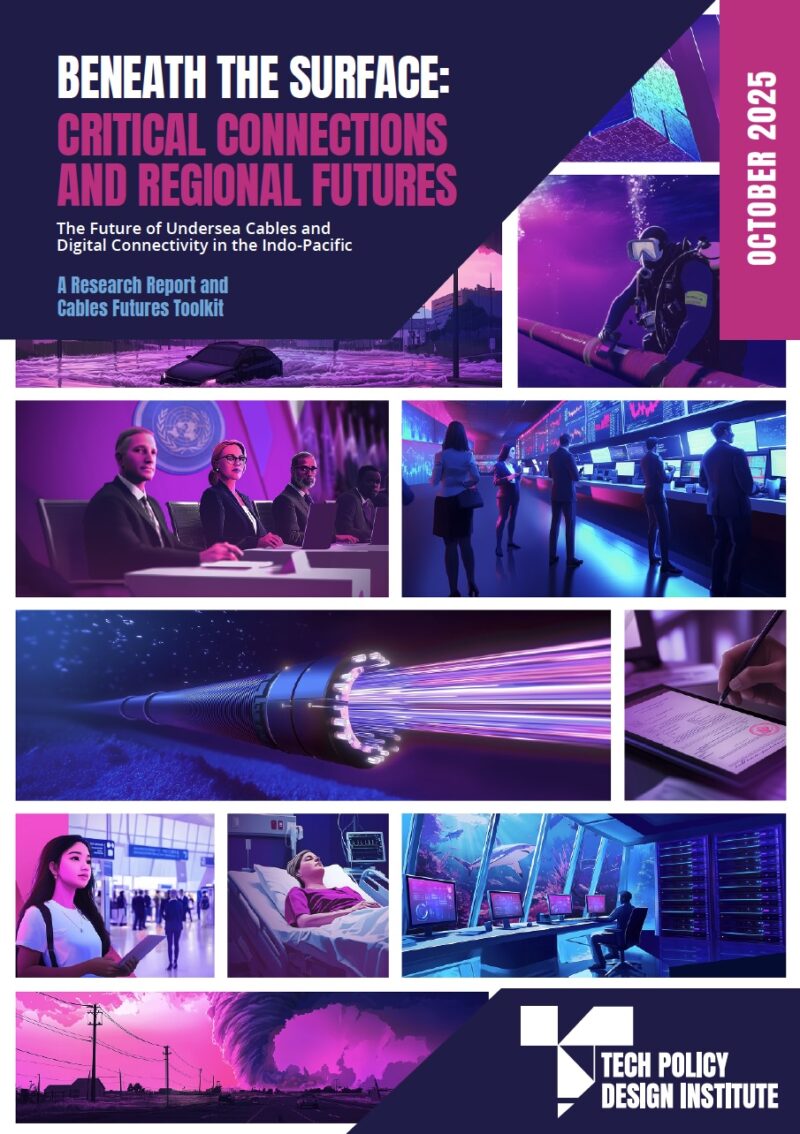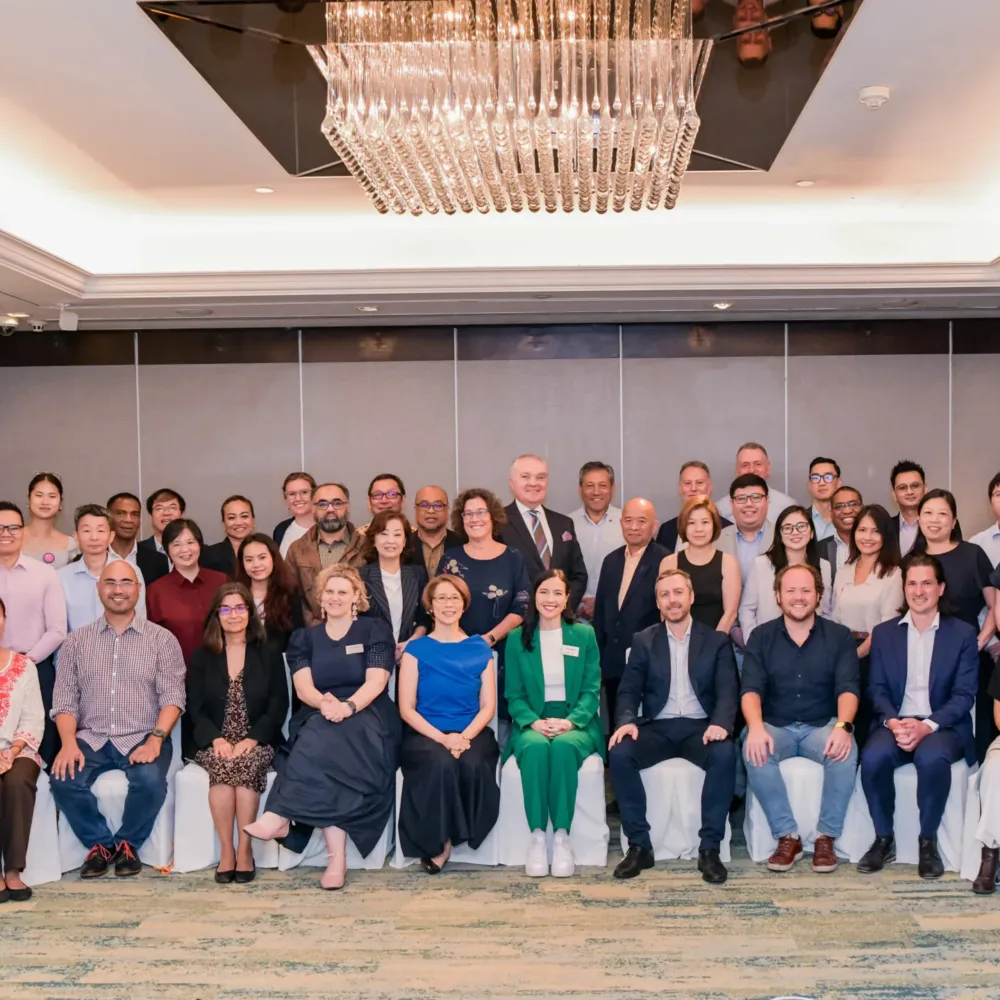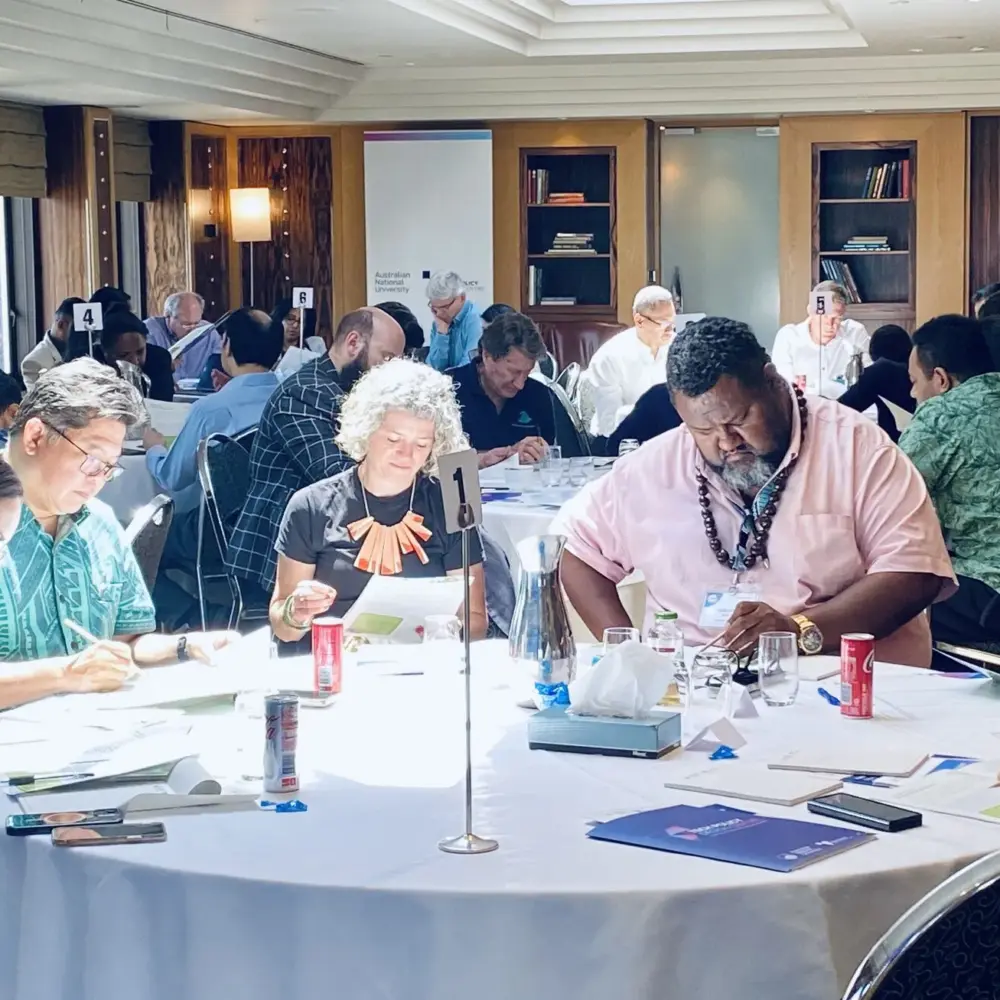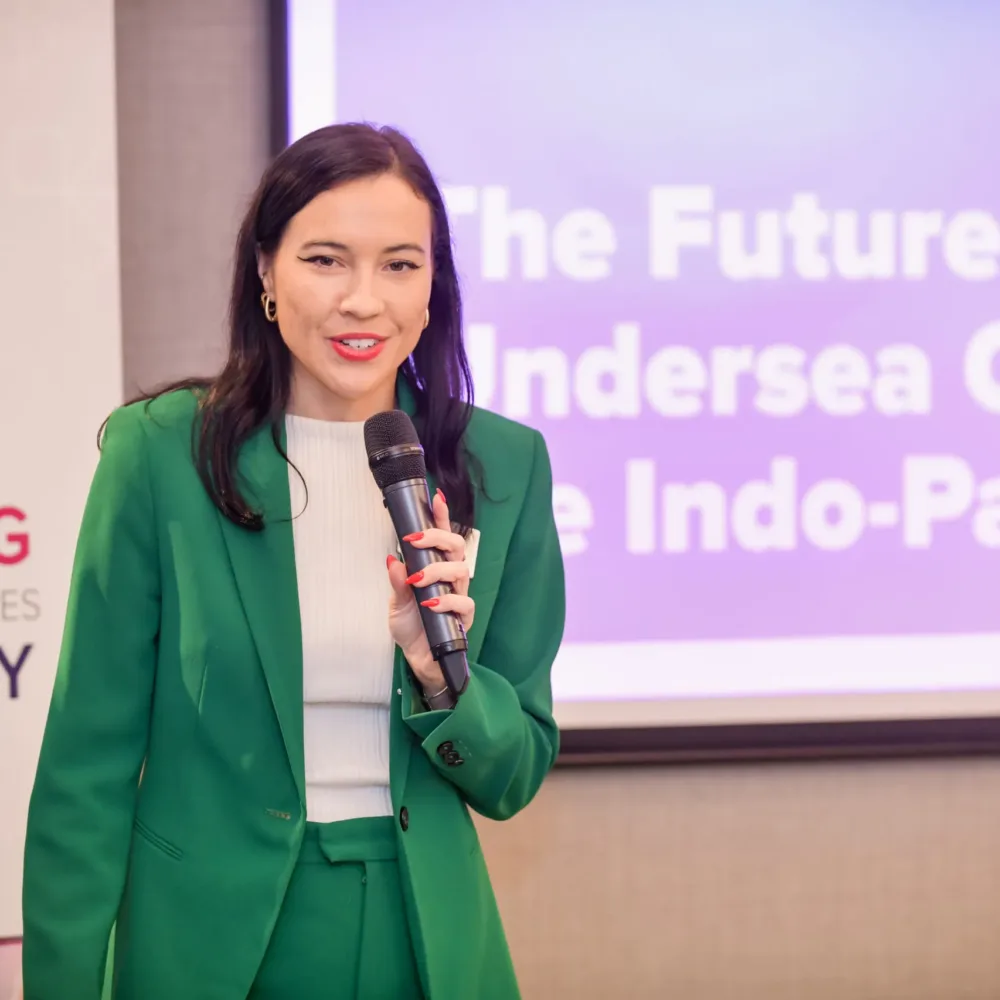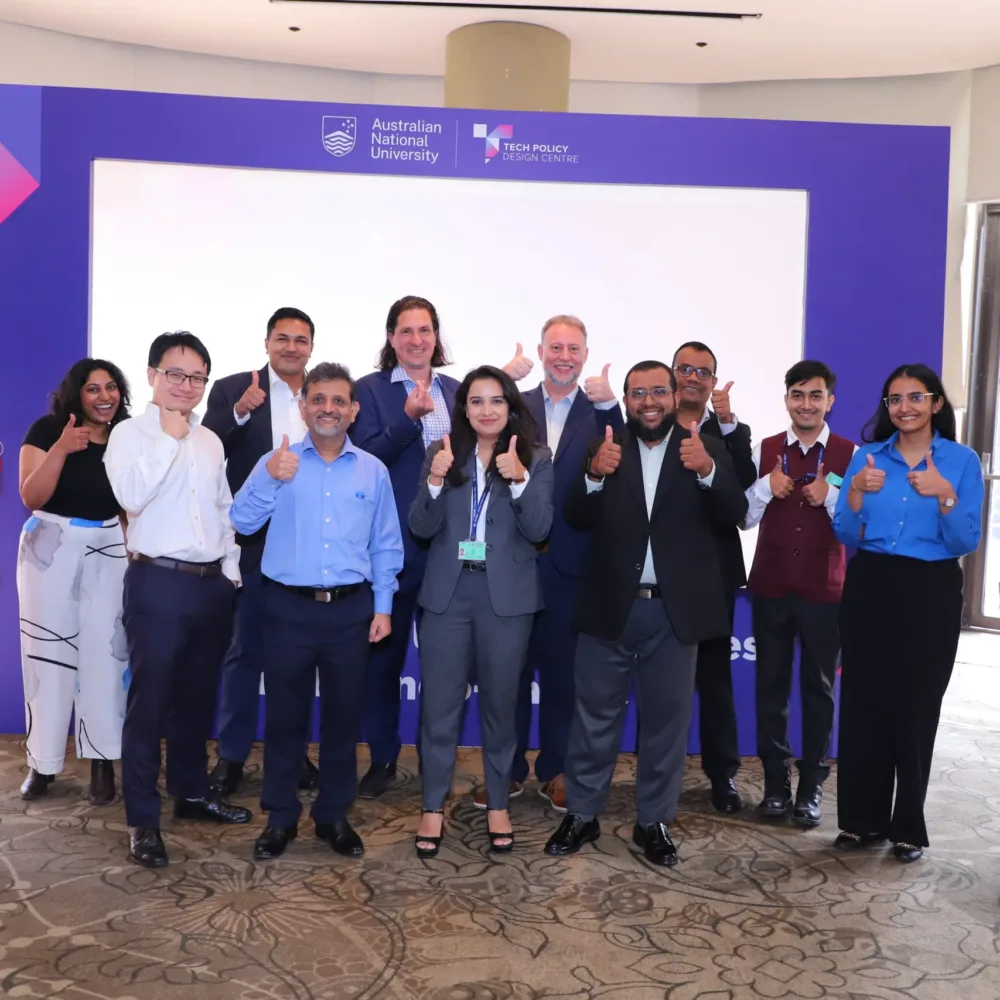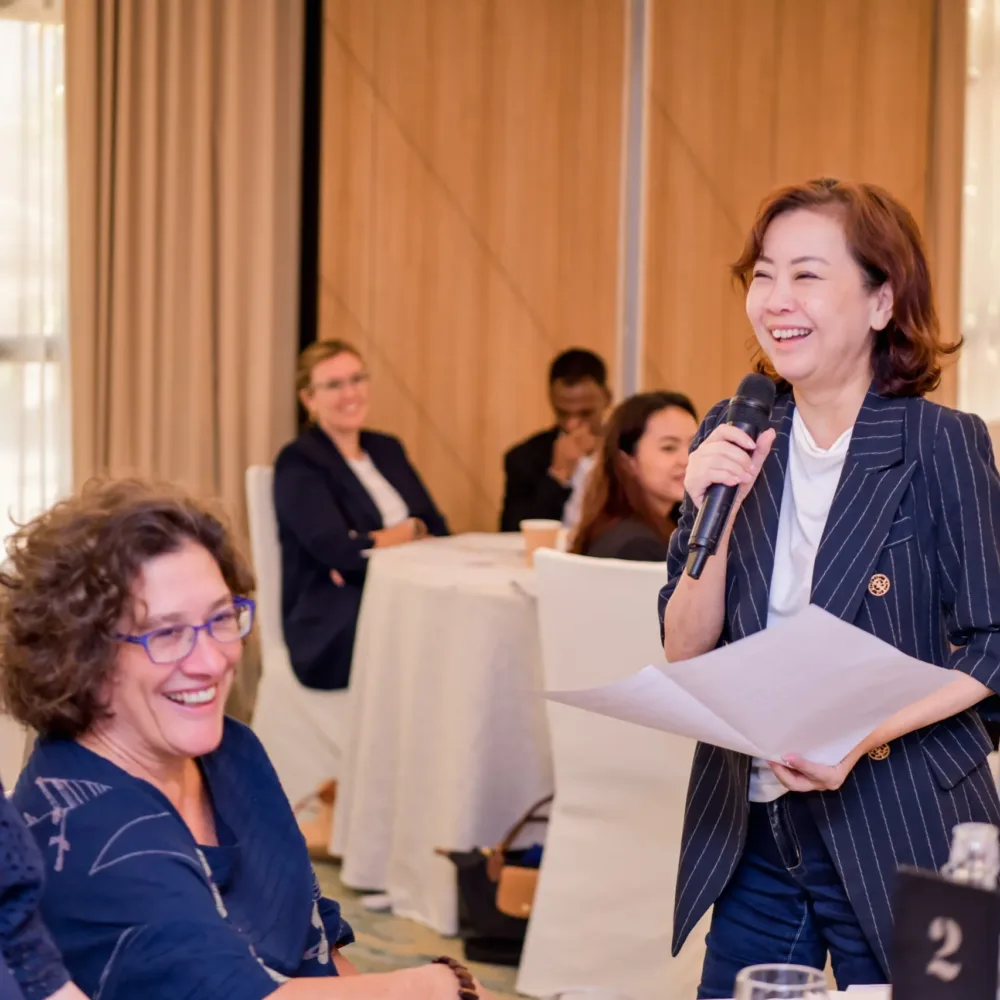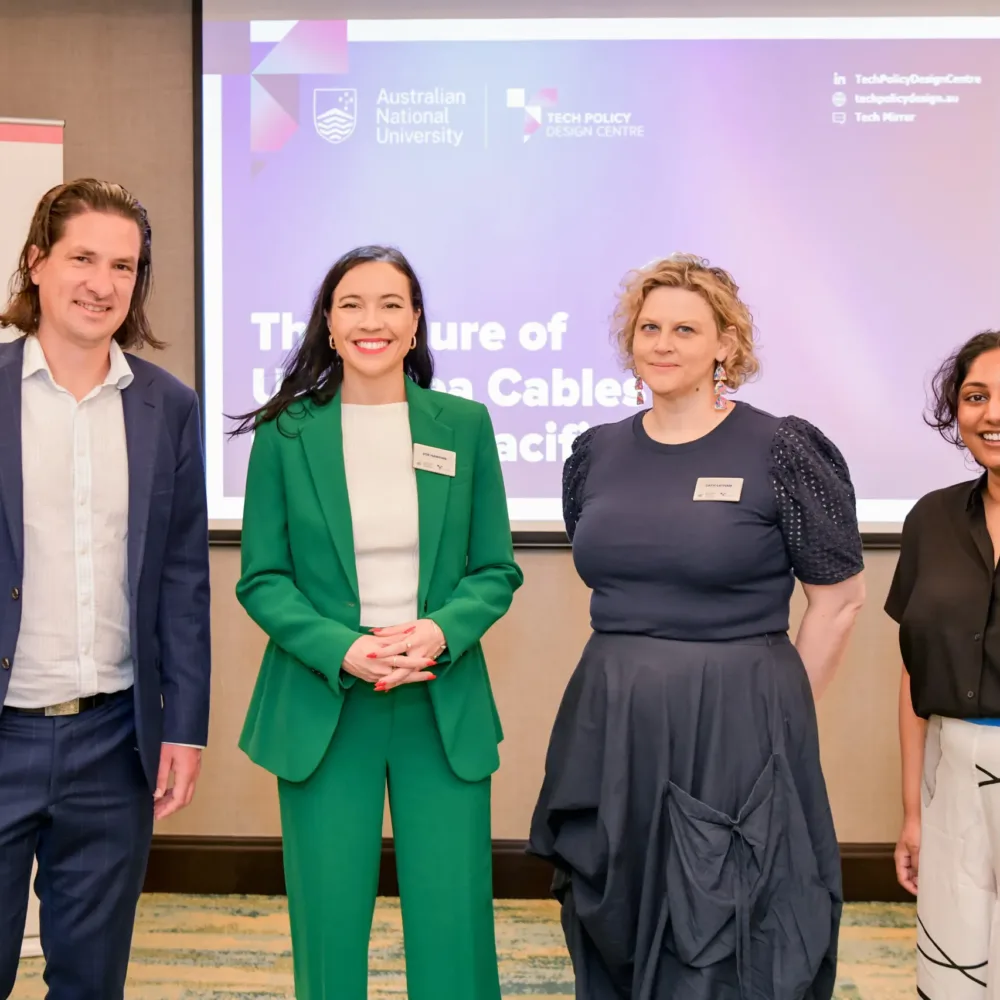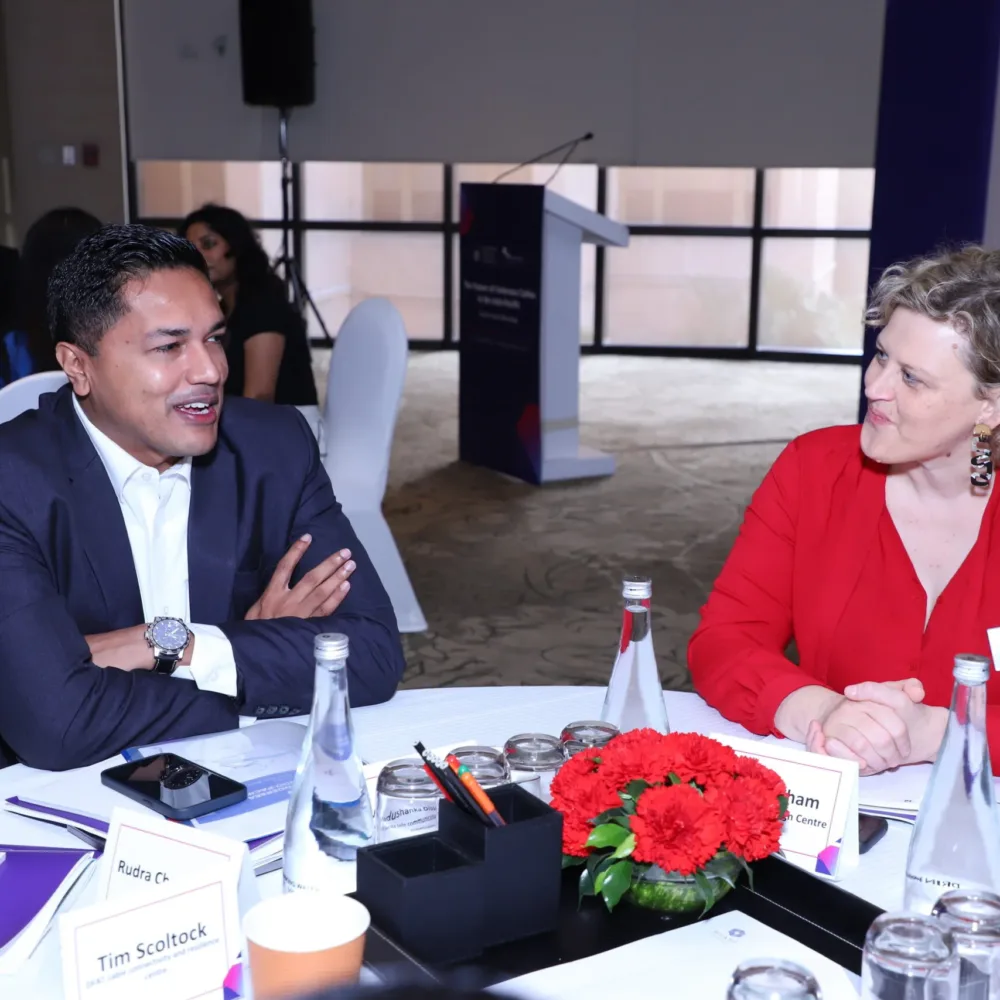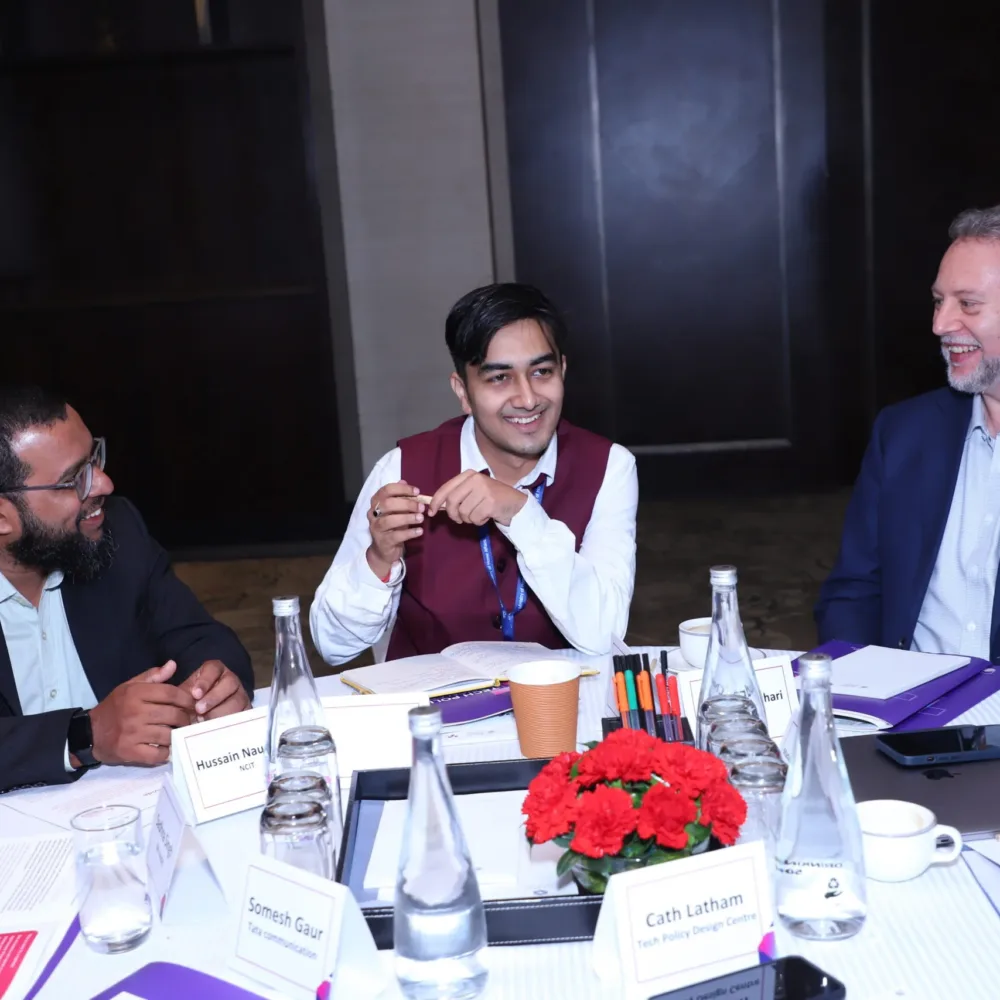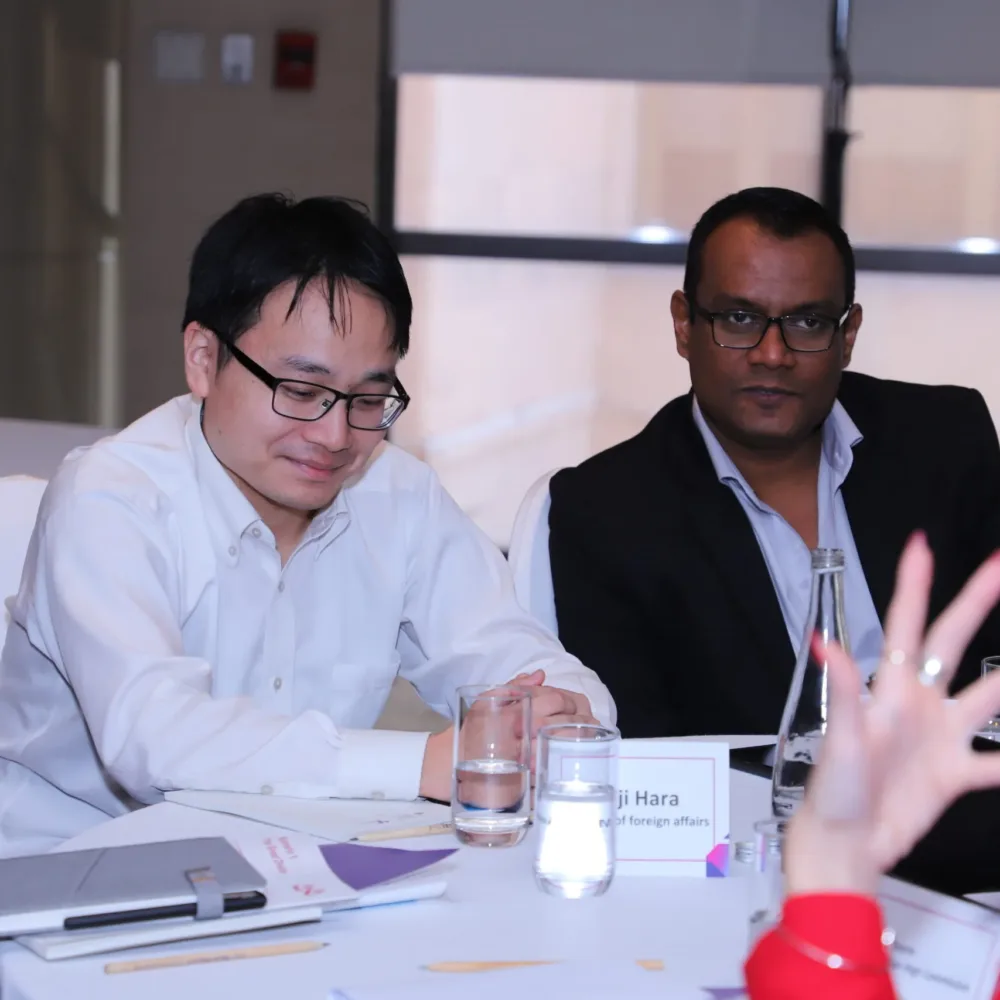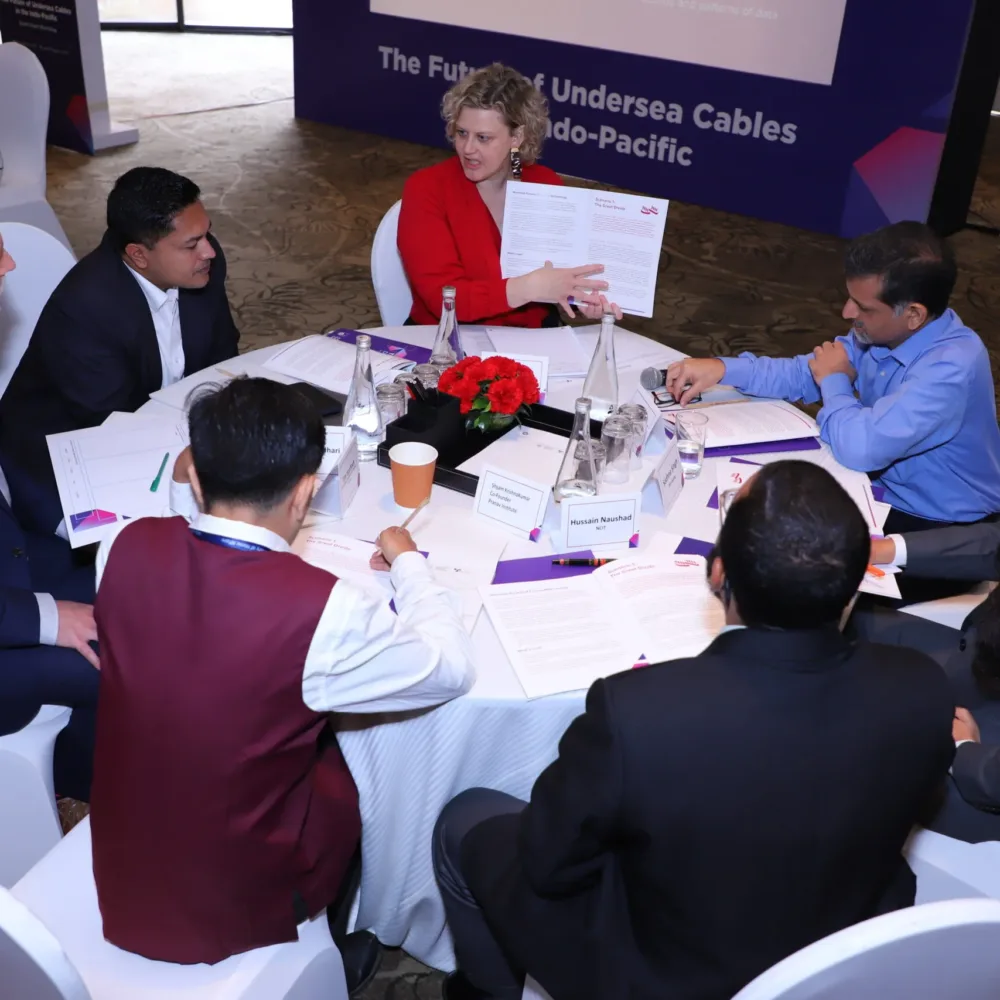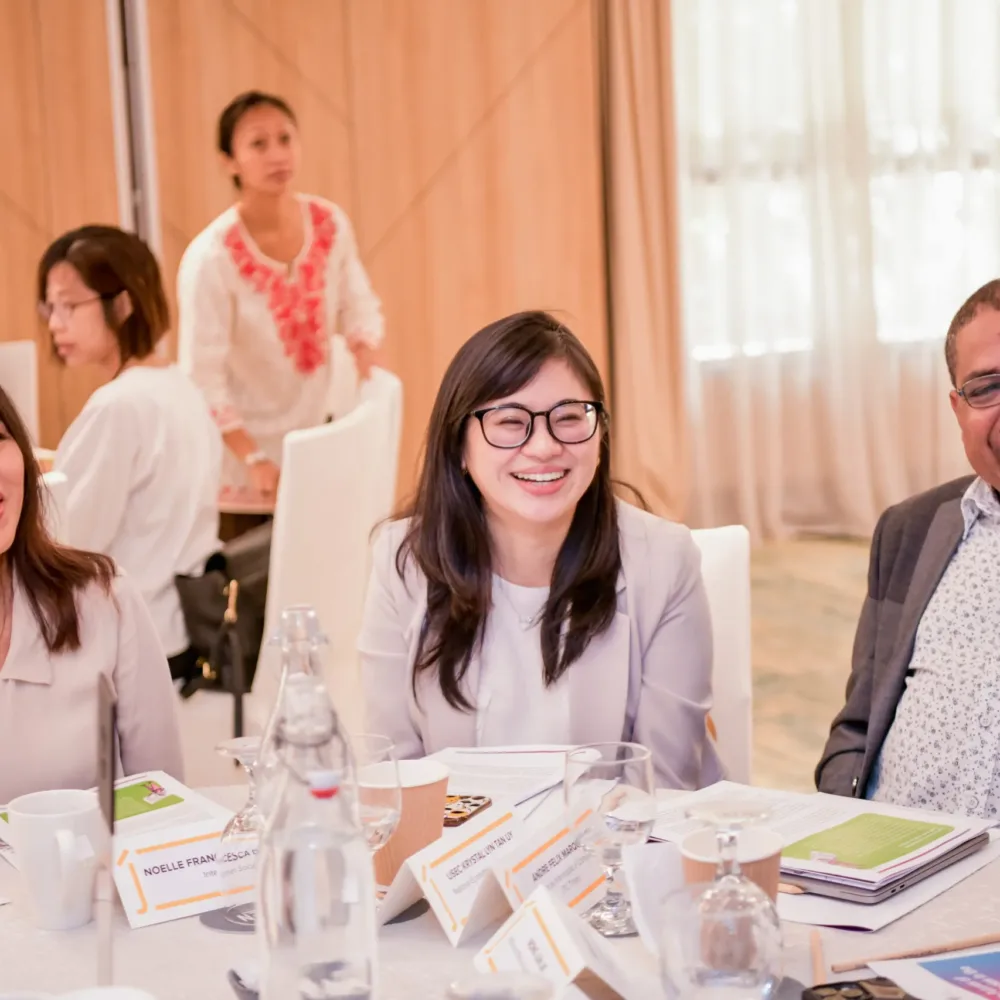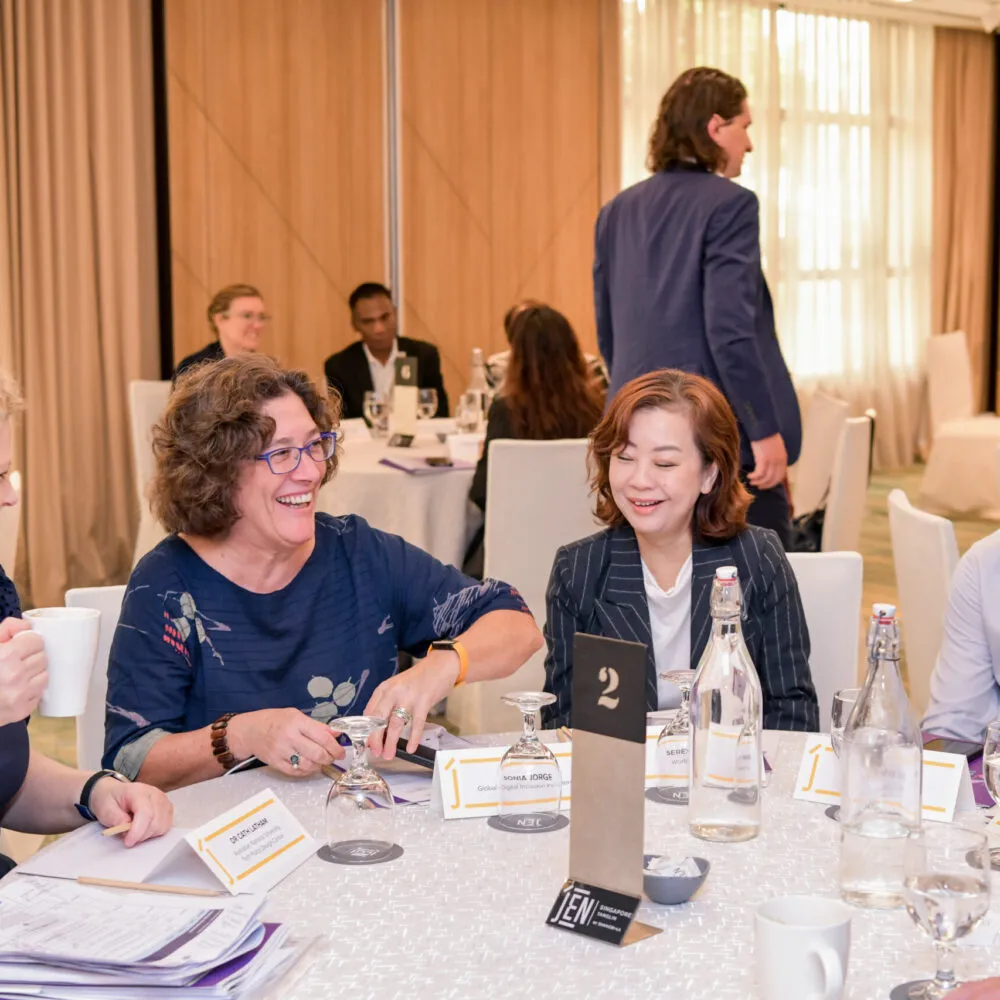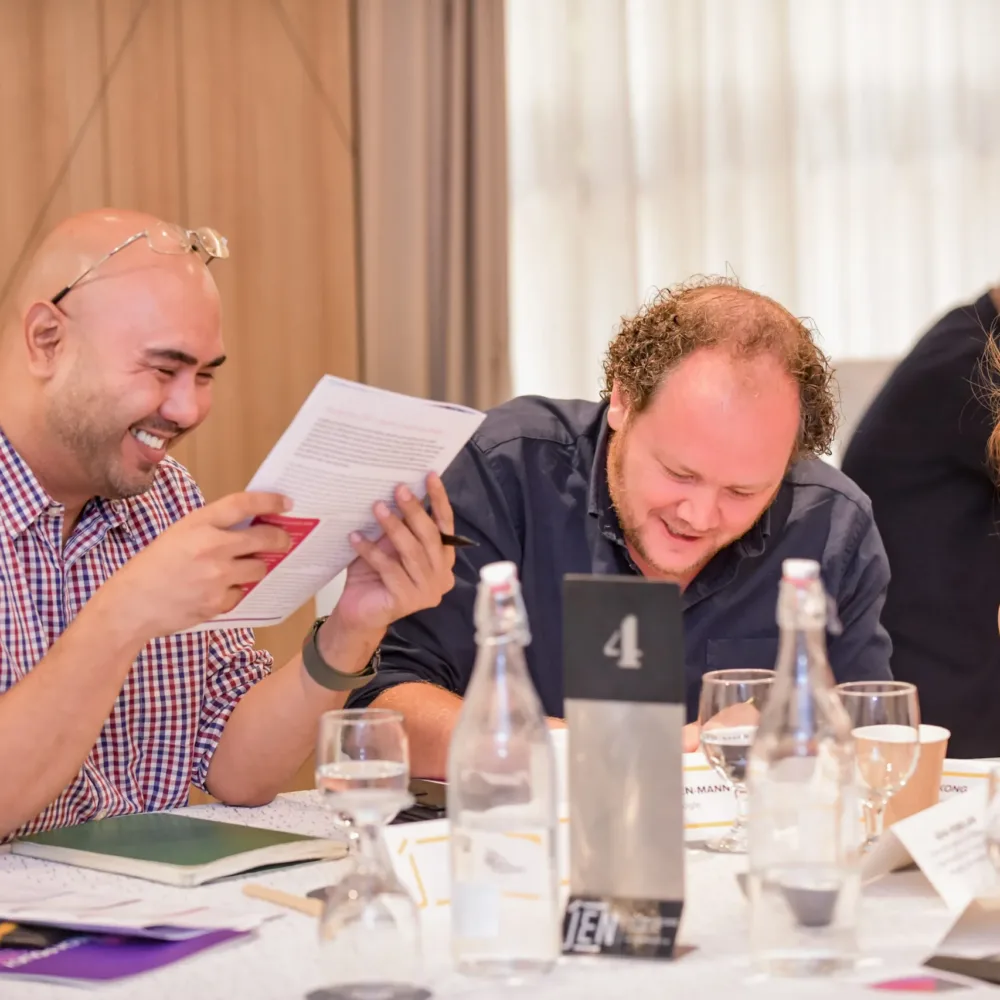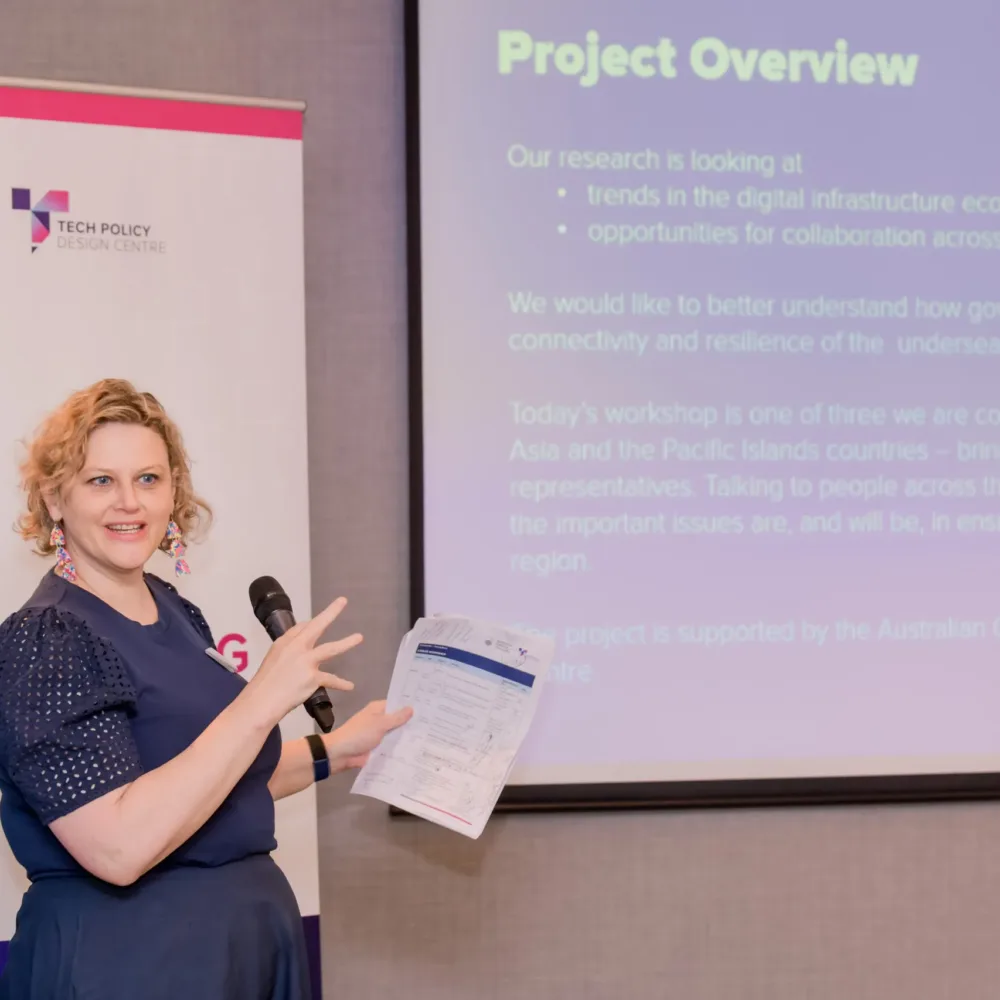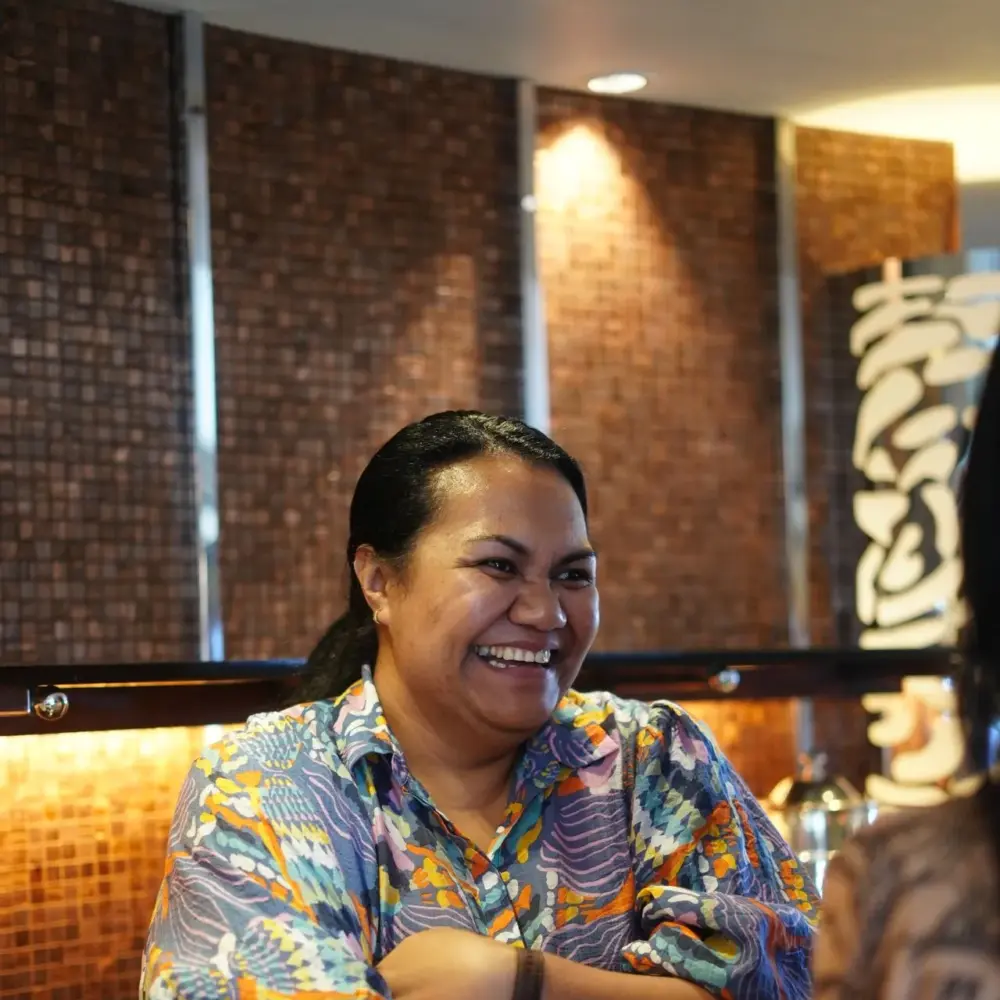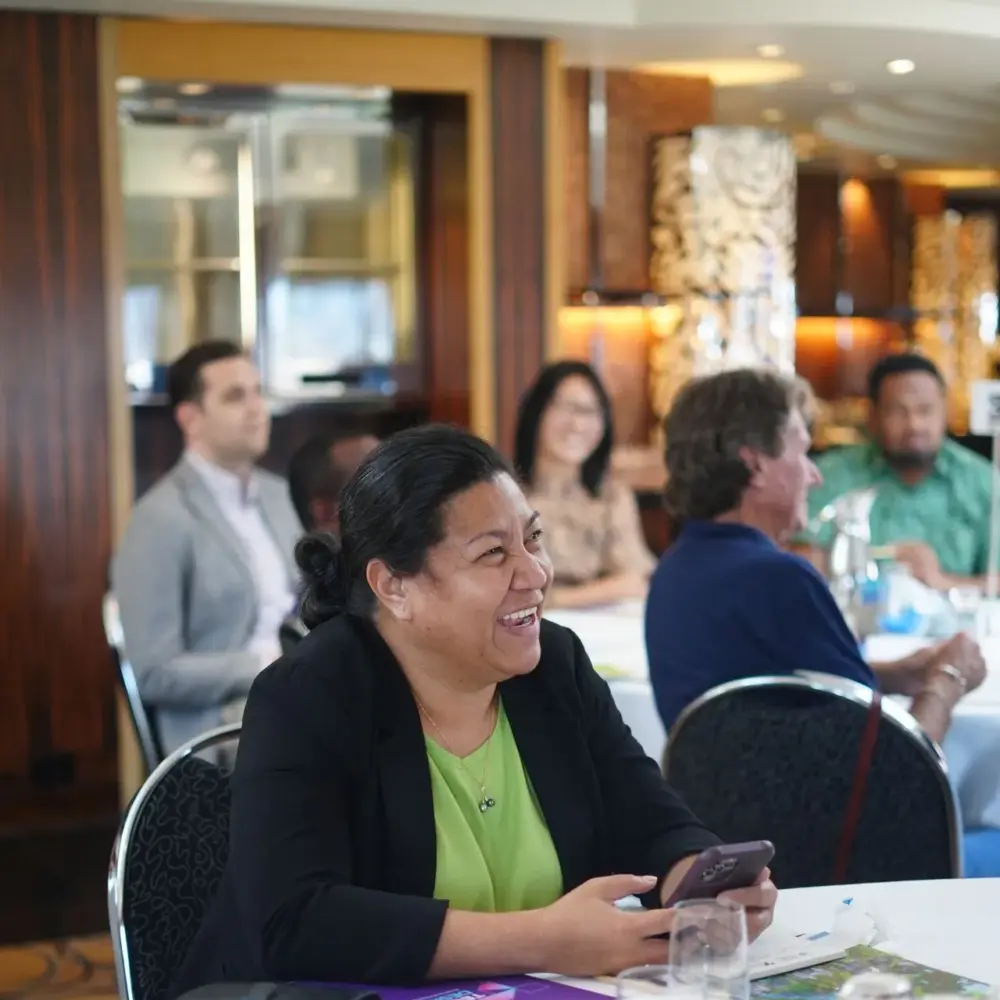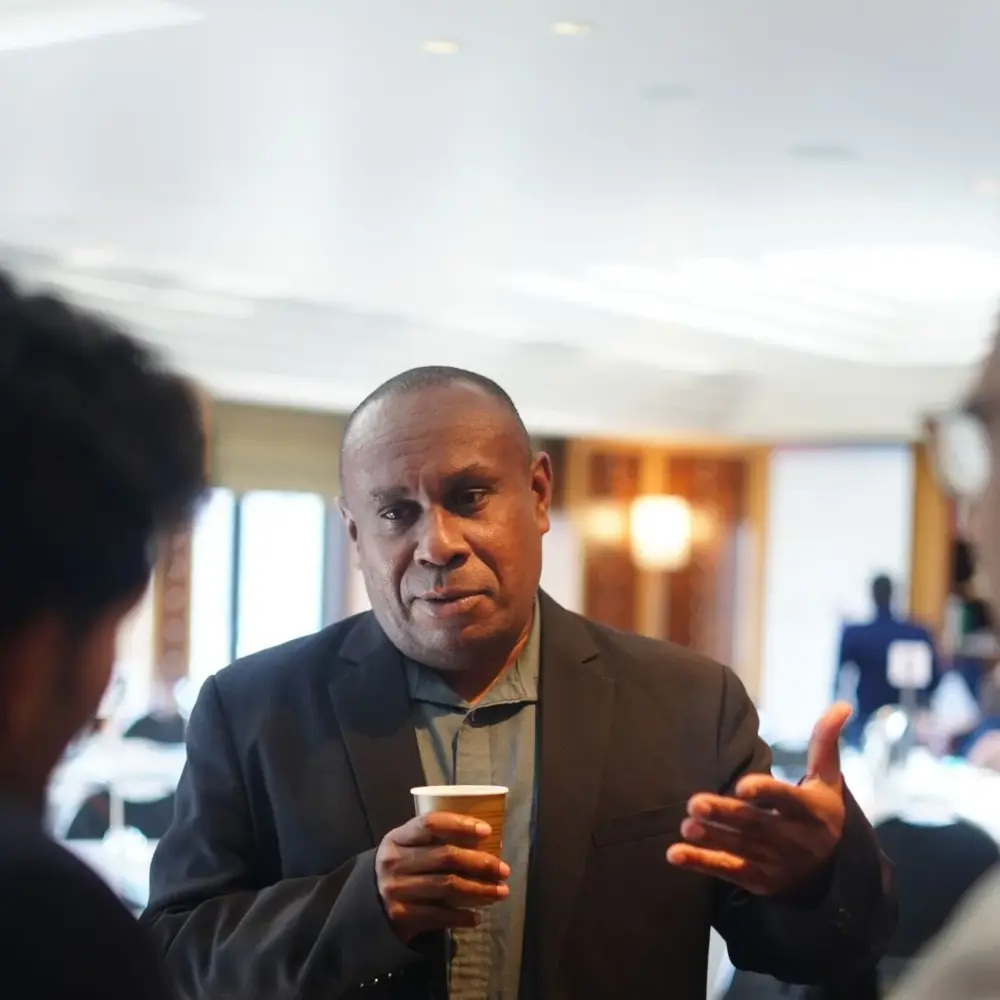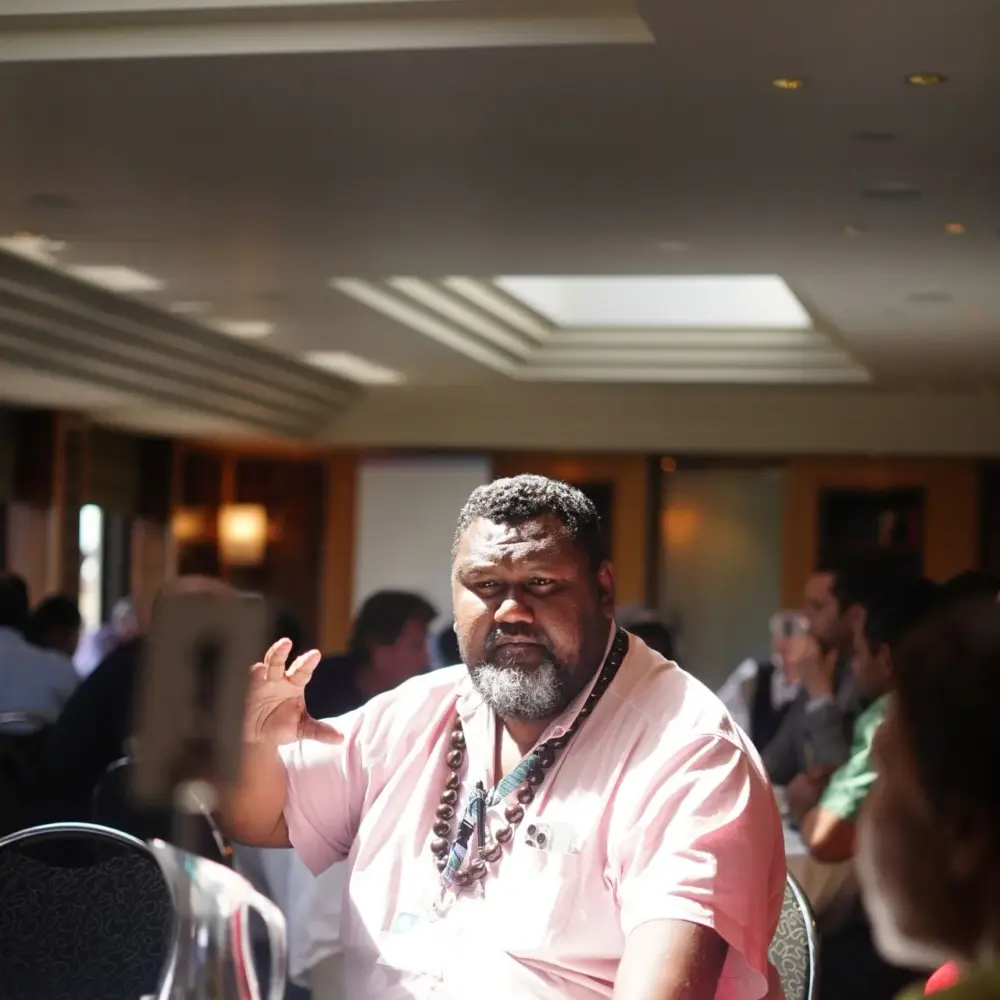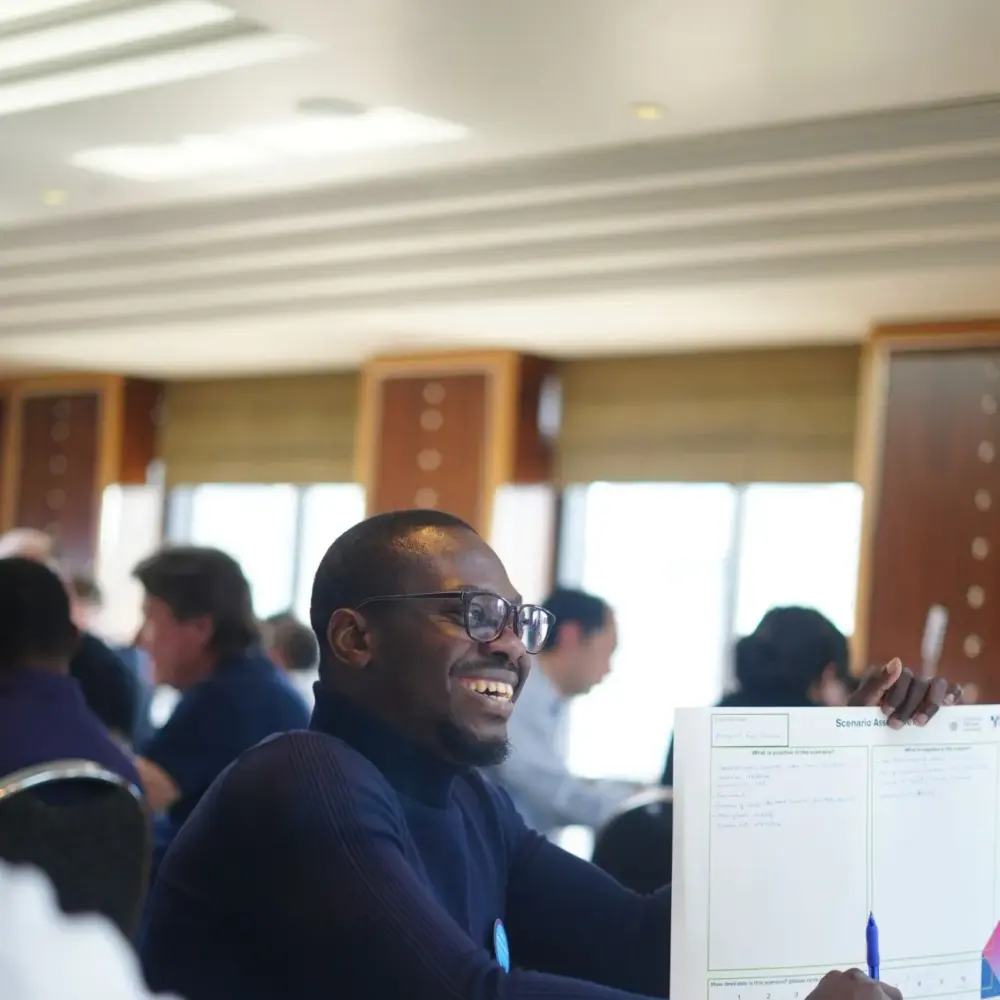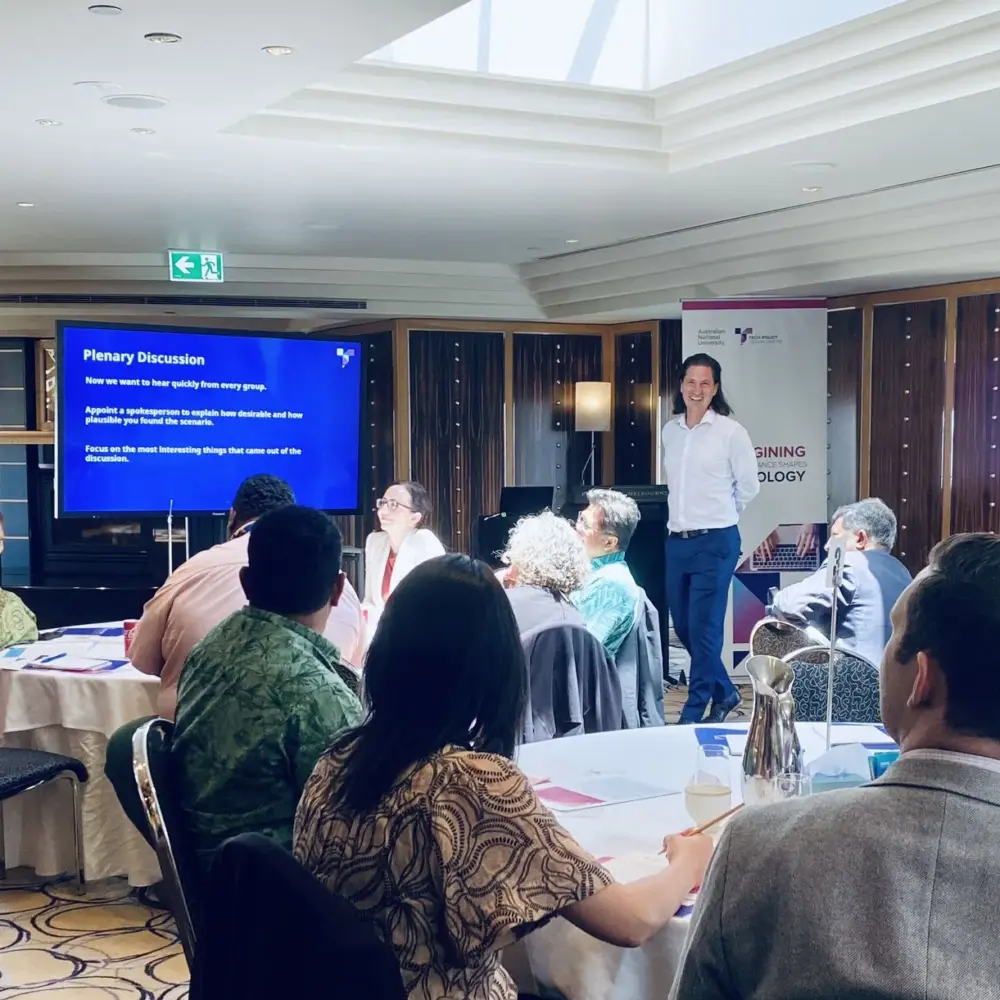Beneath the Surface
The Future of Undersea Cable Connectivity in the Indo-Pacific
The undersea cable network is the invisible hero of the modern digital world, representing one of today’s most important pieces of global digital infrastructure. While undersea cables are unlikely to be front of mind for most everyday smartphone users, 99% of the world’s data runs through undersea cables and they underpin almost every aspect of our daily lives.
TPDi’s Beneath the Surface report imagines three possible 2045 futures to explore the long-term implications of today’s infrastructure decisions and how governments, industry and civil society can co-design a resilient digital ecosystem.
Supported by the Australian Government’s Cable Connectivity and Resilience Centre and informed by 70+ expert stakeholders across the region, the project presents a multimedia Cables Futures Toolkit to empower stakeholders and enable engaging and constructive dialogue across the region.
EXPLORE THREE POSSIBLE 2045 SCENARIOS
Beneath the Surface presents three provocative but plausible futures for the Indo-Pacific’s digital infrastructure in 2045.
Adopting a futures lens encourages design of policy options that take a long view, identifying new options that help us prepare for what could happen, and supporting action to proactively shape the future with intention in a positive direction.
Download the Cables Futures Toolkit and run your own workshop
Who is this for?
The Cables Futures Toolkit is designed for everyone shaping the Indo-Pacific’s digital future, from policymakers and planners to private operators and community advocates. It helps diverse stakeholders imagine future risks, test policy options, and design solutions that strengthen our shared digital ecosystem.
Governments and Policy Leaders
From national regulators to local councils, governments hold the keys to coordination and legitimacy. Use the toolkit to convene whole-of-government conversations, identify policy gaps, and stress-test decisions that affect connectivity, security, and economic outcomes.
→ Download the Toolkit and run an interagency foresight session.
Industry and Investors
Telecoms, hyperscalers, and infrastructure financiers are building the next generation of connectivity. Use the toolkit to map regional dependencies, explore emerging risks, and co-design resilience strategies that protect your assets, and your customers’ trust.
→ Run a workshop with your technical, risk, or sustainability teams.
Civil Society and Research Networks
Digital rights groups, academics, and NGOs give voice to inclusion, transparency, and accountability. Use the toolkit to engage communities, test equity and access assumptions, and translate complex issues into public dialogue.
→ Host a workshop with your students, members, or network.
International Partners
Regional and global organisations from ASEAN and the Pacific Islands Forum to ITU and ICPC can use the toolkit to align priorities and bridge perspectives across borders.
→ Facilitate a cross-regional dialogue or policy roundtable.
Run your own workshop
Informed by input from over 70 experts from government, industry and civil society across the Indo-Pacific, the three scenarios outline states of connectivity, cooperation, governance, ownership, and resilience in different possible futures.
Explore each Scenario, its video and comic strip in the modules below.
Download the Cables Futures Toolkit and run your own workshop.
Snapshot from the scenario development workshops in Singapore, Delhi and with Pacific partners
Scenario Development Workshops
We hosted three workshops in Singapore, New Delhi and Melbourne to get regional insight into connectivity needs across the region. In these workshops, three distinct possible future scenarios of cable connectivity was presented to participants, who then discussed the plausibility, desirability, and how to refine these possible futures. Workshop discussions informed the final report.
Project Partners
This project is supported by:
Cable Connectivity and Resilience Centre:
The Cable Connectivity and Resilience Centre is designed to work with governments and industry across the Indo-Pacific to support the effective development and management of undersea telecommunications cables, including by providing technical assistance on policy and regulations, commissioning research and analysis, and supporting dialogues and knowledge-sharing activities.
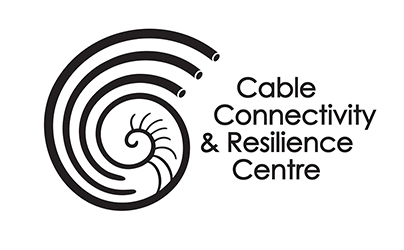
In collaboration with:
NSC Futures Hub
The ANU National Security College (NSC) Futures Hub assists policy makers to practically investigate the future. The Futures Hub is a whole-of-government and whole-of-nation resource to support thinking, planning and policy work through examining strategic futures on issues in Australia’s national interest.

In collaboration with:
Tech for Good Institute
The Tech for Good Institute is a non-profit organisation on a mission to raise understanding of issues and inform policy so that the promise of technology and the digital economy may be leveraged to advance inclusive, equitable and sustainable growth. Our work focuses on topics at the intersection of technology, society and the economy, and that are intrinsically linked to the development in South-East Asia but connected to the rest of the world.
Tech for Good Institute is based in Singapore.
With expert advice from:
Dr Ryan Young, Director, Research & Methods, ANU National Security College Futures Hub, who works with a range of organisations to integrate analysis of long-term trends and potential futures into effective everyday decision making.
Alan Mauldin, Research Director, TeleGeography, providing a technical perspective on undersea cables and future network planning.
Elina Noor, who is an expert on the interplay of international relations and technology in the Indo-Pacific region and a Senior Fellow at Carnegie Endowment for International Peace.

